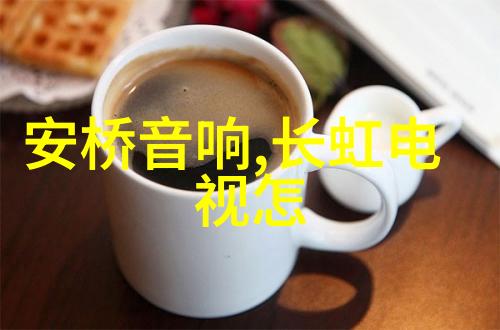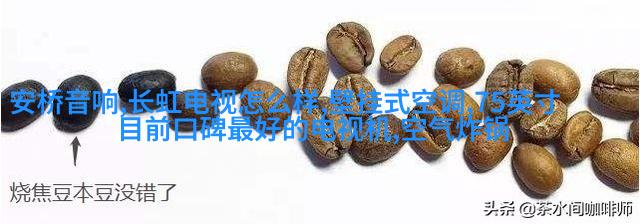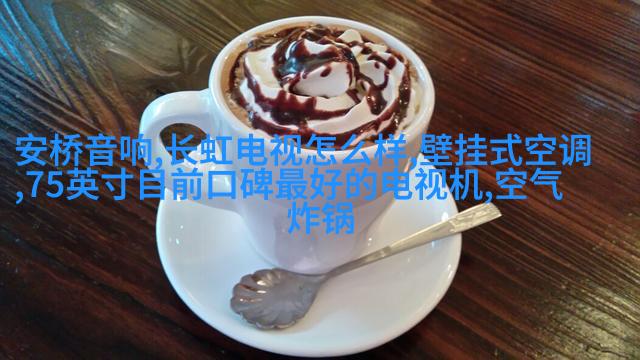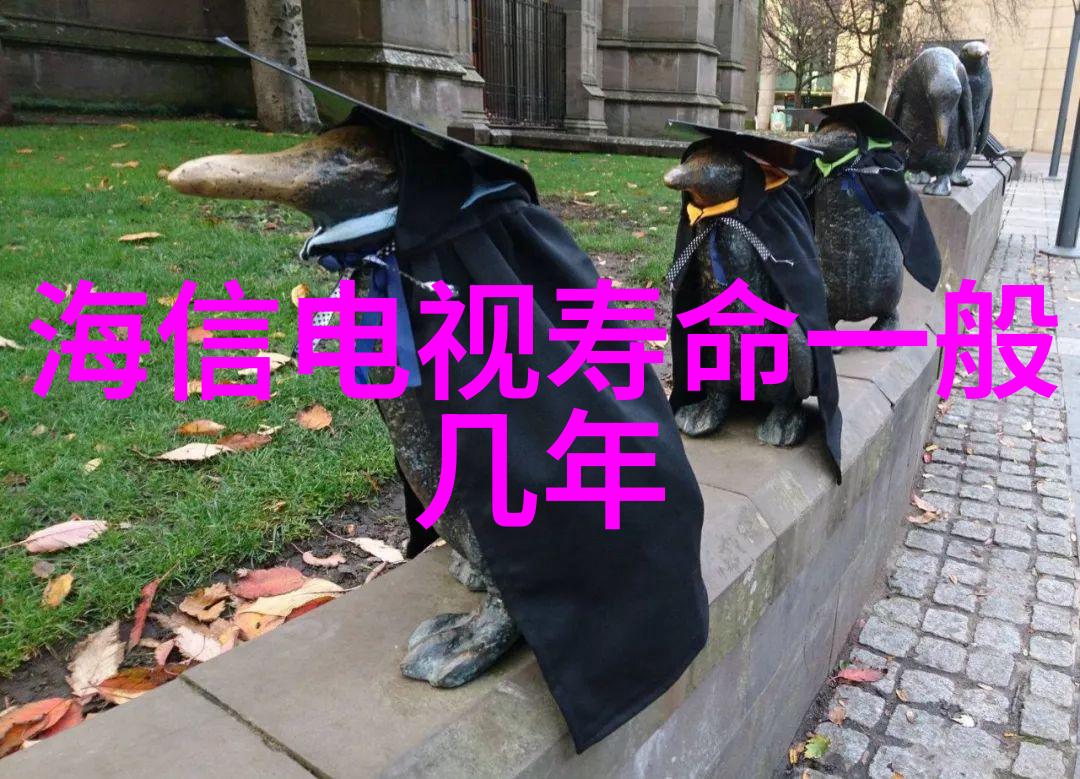高纯水设备犹如心脏般跳动的生命力与EDI紧密相连就像一对璀璨的星辰在夜空中绽放光芒大型制水机多少钱一
高纯水设备的EDI系统:在工业领域,特别是半导体制造和制药行业,高纯度水的需求日益增长。传统上,这些行业使用离子交换技术来获得高纯度水,但随着膜技术的发展,如电除盐(EDI)过程越来越被采用。EDIsystem能够有效去除矿物质并提供连续运行能力,其机械设计比离子交换系统更加简单,不需要酸碱再生或废水中和。此外,EDI处理过程是膜处理领域增长最快的业务之一。

EDIsystem通过将特殊设计的混床离子交换树脂放置于两个阴阳离子交换膜之间形成单元,从而达到高效去除总固体溶解量(TDS)的目的,通常目标为1-20mg/L,最终制备出8-17兆欧级别的纯净水。
在操作过程中,EDI组件由多个单元相互隔开,并且设置有阴阳电极。在直流电力推动下,阴阳离子的移动使得淡水室中的污染物进入浓水室,而浓水室中的污染物则被排出系统。这一过程不需要化学再生,只需反渗透(RO)纯化后的淡水作为输入源即可。RO purified water typically has an electrical conductivity of 40-2μS/cm (25°C), while the output from EDI can reach as high as 18 MΩ.cm (25°C), making it suitable for applications requiring a resistance between 1 and 18.2 MΩ.cm.

The key features of EDI systems include continuous operation without the need for chemical regeneration, reducing the amount of acid and alkali required for regeneration and minimizing waste water generation. The module structure of EDI high pure water devices is characterized by:
Health-grade PE material used in dilution plates
Import uniform ion exchange membranes and domestic asymmetric ion exchange membranes

Import specialized uniform particle resins and domestic specialized uniform particle resins
Titanium-ruthenium-coated electrodes

Aluminum alloy pressure plate with high hardness
Standard national screws used for fixation screws

High-pressure testing up to 7 bar without leakage upon completion of membrane stacks
Low electrical resistance, low power consumption
Aesthetically pleasing exterior design with durable construction materials
10a large-scale membrane stack handles a flow rate of up to 3 T/H, while smaller modules handle a flow rate of up to 75 L/H.
11rational design prevents clogging, ensuring even water flow distribution.
The input requirements for EDI high pure water devices are typically single-level or double-level reverse osmosis permeate with parameters including:
Total Exchangeable Acid (TEA): <25 ppm CaCO3 equivalent.
Electrical Conductivity: <40 μS/cm.
pH: Typically between 6 and 9, but may be adjusted based on total hardness levels.
Temperature: Between -5 °C and +35 °C.
Pressure: ≤4 bar (60 psi).
Hardness: ≤1 ppm CaCO3 equivalent.
Organic matter content (TOC): ≤0.5 ppm.
Oxidizing agents like chlorine dioxide or ozone should not exceed specific limits depending on system configuration settings; Fe<0.lppm,Mn<0.lppm,H2S<0.lppm; SiO2<0.lppm; colorimetric value APHA≤5; dissolved CO2 concentration <10 ppm



